Introduction
Baba Gana, a hybrid citrus fruit native to Sichuan, China, has gained global popularity for its unique sweet-tart flavor, juicy texture, and seedless segments. Often referred to as the “dinner plate citrus” due to its large size, this fruit is a prized addition to both culinary creations and fresh consumption. However, like all perishable produce, Baba Gana’s quality deteriorates rapidly if not stored correctly. Understanding the optimal conditions and methods to extend its shelf life is critical for reducing food waste, ensuring economic viability for growers, and satisfying consumer demand for fresh, flavorful fruit. This article delves into the scientific principles, practical techniques, and innovative solutions to preserve Baba Gana citrus, empowering stakeholders across the supply chain to maximize its storage time.
The Perishability Challenge: Why Baba Gana Spoils
Citrus fruits, including Baba Gana, are living organisms that continue to respire after harvest. This metabolic process consumes stored sugars and nutrients, leading to gradual degradation in texture, flavor, and nutritional value. Several interrelated factors accelerate spoilage:
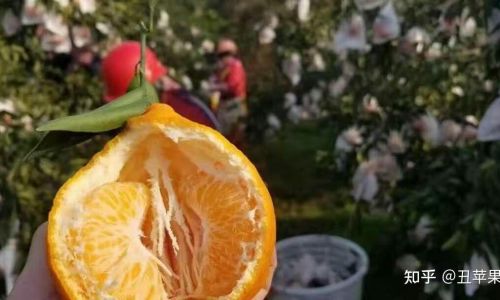
- Ethylene Production: Baba Gana, like many climacteric fruits, produces ethylene—a gaseous plant hormone that triggers ripening and senescence. Even after detachment from the tree, ethylene accumulates in storage environments, hastening decay.
- Microbial Activity: Fungi and bacteria, such as Penicillium and Alternaria species, colonize the fruit’s surface, particularly through minor injuries or natural pores, leading to mold growth and rotting.
- Water Loss: The fruit’s thin, porous rind allows moisture to evaporate, causing shriveling, loss of firmness, and diminished juiciness.
- Temperature Fluctuations: Exposure to heat accelerates respiration and enzymatic reactions, while freezing damages cell membranes, resulting in irreversible texture loss.
Optimal Storage Conditions: Balancing Act for Longevity
To counteract these spoilage mechanisms, Baba Gana requires precise environmental control. The interplay of temperature, humidity, and atmospheric composition forms the cornerstone of effective preservation.
Temperature Management
- Cold Storage: The most impactful factor in extending shelf life is maintaining low temperatures. For Baba Gana, the ideal range is 4–7°C (39–45°F). At this temperature, metabolic activity slows significantly, reducing respiration rates by 50–70% compared to room conditions.
- Chilling Injury Avoidance: While cold is beneficial, temperatures below 4°C risk chilling injury, manifesting as pitting, browning, or off-flavors. Pre-conditioning fruits by gradually cooling them (e.g., from 12°C to 4°C over 24 hours) mitigates this risk.
Humidity Control
- High Relative Humidity (RH): Baba Gana thrives in 90–95% RH, minimizing water loss. Low humidity environments cause the rind to dehydrate, leading to shriveling. Modern storage facilities use humidifiers or misting systems to maintain this balance.
- Packaging Solutions: Perforated polyethylene bags or modified atmosphere packaging (MAP) can create microenvironments with elevated humidity, reducing the need for external humidification.
Atmospheric Modification
- Reduced Oxygen Levels: Lowering oxygen concentrations to 3–5% (from the standard 21% in air) suppresses aerobic respiration and microbial growth. This is achieved through controlled atmosphere (CA) storage or MAP.
- Elevated Carbon Dioxide: Introducing 1–2% CO₂ further inhibits ethylene synthesis and pathogen activity. However, exceeding 5% CO₂ risks off-flavors and skin discoloration.
- Ethylene Scrubbing: Technologies like potassium permanganate filters or catalytic converters remove ethylene from storage areas, delaying ripening.
Sanitation Practices
- Pre-Harvest Care: Fruits harvested from healthy trees with proper irrigation and pest management exhibit greater postharvest resilience.
- Post-Harvest Washing: Dunking Baba Gana in chlorinated water (50–100 ppm) or hydrogen peroxide solutions reduces microbial load on the rind.
- Sorting and Culling: Removing damaged or diseased fruits prevents cross-contamination during storage.
Storage Methods: Tailoring Techniques to Context
The choice of storage method depends on infrastructure, scale, and intended market. Here’s a breakdown of common approaches:
Refrigerated Storage
- Domestic Use: For households, placing Baba Gana in the crisper drawer of a refrigerator (set to 4–7°C) with minimal airflow extends freshness by 2–3 weeks compared to counter storage.
- Commercial Warehouses: Large-scale cold rooms equipped with humidity and atmosphere controls can preserve fruits for 3–4 months without significant quality loss.
Controlled Atmosphere (CA) Storage
- Advanced Facilities: By tightly regulating O₂, CO₂, and RH levels, CA storage can extend Baba Gana’s shelf life to 6–8 months. This method is ideal for export markets requiring long-distance transit.
- Cost Considerations: CA infrastructure is capital-intensive, making it suitable for large-scale growers and distributors.
Modified Atmosphere Packaging (MAP)
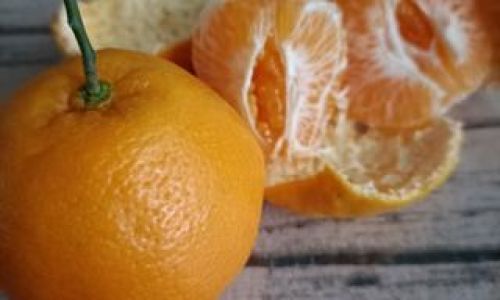
- Retail-Ready Solutions: Packaging fruits in breathable films with adjusted gas permeability creates a modified atmosphere inside the package. This method extends shelf life by 1–2 months without refrigeration, though refrigeration enhances results.
- Active vs. Passive MAP: Active systems use gas flushing to establish initial conditions, while passive systems rely on the fruit’s respiration to modify the atmosphere naturally.
Room Temperature Storage
- Short-Term Solutions: In cool, dry environments (15–20°C), Baba Gana remains edible for 1–2 weeks. However, quality degradation accelerates rapidly, making this suitable only for immediate consumption.
- Ethylene Management: Storing Baba Gana away from ethylene-producing fruits (e.g., bananas, apples) can slow ripening.
Signs of Spoilage: When to Discard
Even under optimal conditions, Baba Gana will eventually deteriorate. Recognizing spoilage indicators is crucial for food safety:
- Visual Cues: Mold growth (blue-green fuzz), dark lesions, or oozing liquid on the rind signal microbial invasion.
- Texture Changes: Soft, mushy spots or excessive wrinkling indicate cell structure collapse.
- Odor: A fermented, alcoholic, or sulfurous smell replaces the fruit’s citrusy aroma.
- Taste: Off-flavors, bitterness, or a lack of juice confirm spoilage.
Scientific Innovations: Pushing the Boundaries of Preservation
Research into postharvest technologies continues to refine Baba Gana’s storage potential. Breakthroughs include:
- Edible Coatings: Applying chitosan or aloe vera-based coatings forms a protective barrier, reducing water loss and microbial attack.
- Nanotechnology: Incorporating silver nanoparticles into packaging films inhibits bacterial growth without chemical additives.
- CRISPR Gene Editing: Modifying genes responsible for ethylene production or chilling sensitivity could create varieties with inherently longer shelf lives.
- Smart Labels: Time-temperature indicators (TTIs) or gas sensors embedded in packaging provide real-time feedback on storage conditions, alerting handlers to deviations.
Consumer Best Practices: Enjoying Baba Gana at Its Peak
For individuals purchasing Baba Gana, adopting these habits ensures maximum freshness:
- Select Wisely: Choose fruits with glossy, unblemished rinds and firm texture. Avoid those with soft spots or mold.
- Store Unwashed: Delay washing until consumption to prevent excess moisture buildup.
- Use Ethylene Absorbers: Place Baba Gana in a breathable bag with ethylene-absorbing sachets (e.g., those containing potassium permanganate).
- Freeze for Long-Term Use: Peel and segment ripe fruits, then freeze in airtight containers for up to 6 months. Thawed segments retain flavor for juices or cooking.
- Monitor Regularly: Check stored fruits weekly and remove any showing signs of spoilage to prevent cascade decay.
Economic and Environmental Implications
Extending Baba Gana’s shelf life has far-reaching benefits:
- Reduced Food Waste: In the U.S. alone, 30–40% of food is discarded annually, with produce being the largest contributor. Better storage could divert millions of tons from landfills.
- Lower Carbon Footprint: Prolonged storage reduces the frequency of harvests, transport cycles, and refrigeration needs, cutting greenhouse gas emissions.
- Enhanced Profitability: Growers and retailers command higher prices for premium-quality, long-lasting fruits, stabilizing income streams.
Case Study: Sichuan’s Baba Gana Export Success
Sichuan’s agricultural sector has transformed Baba Gana into a global commodity by prioritizing postharvest innovation. By integrating CA storage, MAP, and real-time cold chain monitoring, exporters now ship the fruit to Europe, the Middle East, and Southeast Asia, maintaining a 90% quality retention rate after 6 months. This approach has boosted provincial revenues by 25% over the past decade.
Conclusion: A Ripple Effect of Preservation
The quest to preserve Baba Gana citrus transcends mere horticultural practice—it is a microcosm of global efforts to combat food insecurity, economic volatility, and environmental degradation. By harmonizing cutting-edge science with time-tested agricultural wisdom, stakeholders can ensure that this vibrant fruit remains a symbol of sustainability and culinary delight. Whether in a bustling Shanghai market or a suburban American kitchen, the principles of careful storage empower consumers to savor Baba Gana’s zesty sweetness for weeks, not days. As technology evolves, so too will our ability to cherish nature’s bounty, one perfectly preserved citrus at a time.
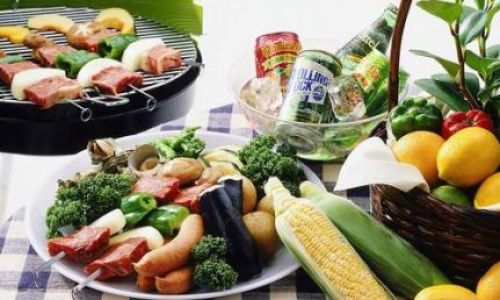
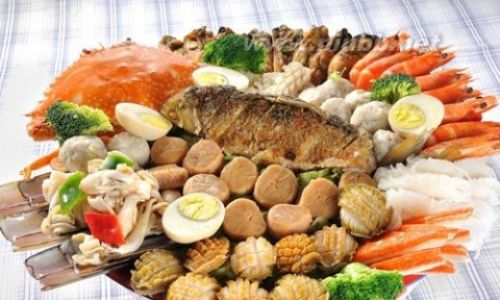
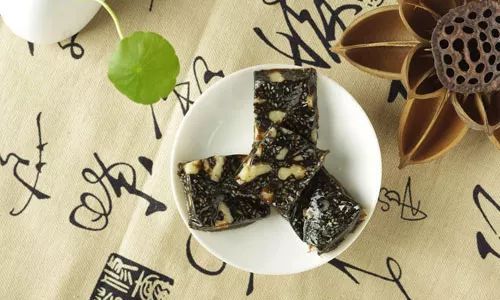
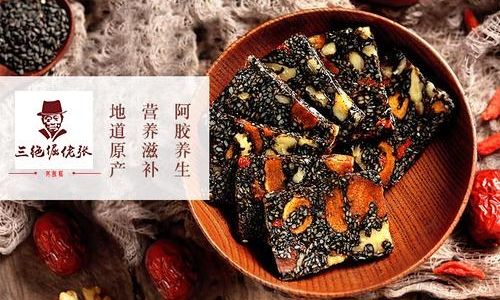
0 comments